
The Battle of Cape Matapan was a naval battle during the Second World War between the Allies, represented by the navies of the United Kingdom and Australia, and the Royal Italian navy, from 27 to 29 March 1941. Cape Matapan is on the south-western coast of the Peloponnesian Peninsula of Greece.

HMS Valiant was one of five Queen Elizabeth-class battleships built for the Royal Navy during the early 1910s. She participated in the Battle of Jutland during the First World War as part of the Grand Fleet. Other than that battle, and the inconclusive Action of 19 August, her service during the war generally consisted of routine patrols and training in the North Sea. She saw further action during the Second World War in the Mediterranean and Far East.

Human torpedoes or manned torpedoes are a type of diver propulsion vehicle on which the diver rides, generally in a seated position behind a fairing. They were used as secret naval weapons in World War II. The basic concept is still in use.
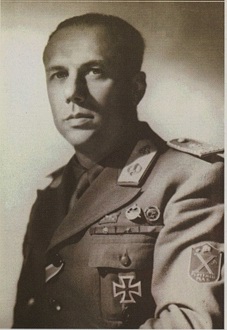
The Decima Flottiglia MAS was an Italian flotilla, with commando frogman unit, of the Regia Marina created during the Fascist regime.
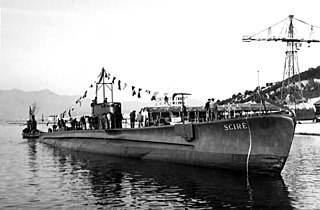
Italian submarine Scirè was an Adua-class submarine, built in 1930s which served during World War II in the Regia Marina. It was named after a northern region of Ethiopia, at the time part of Italian East Africa.

Marquis Luigi Durand de la Penne was an Italian Navy admiral who served as naval diver in the Decima MAS during World War II. He was born in Genoa, where he also died.

The First Battle of Sirte was fought between the British Royal Navy and the Regia Marina during the Mediterranean campaign of the Second World War. The engagement took place on 17 December 1941, south-east of Malta, in the Gulf of Sirte. It was tactically inconclusive as both forces were limited by the strategic goal of protecting a convoy of their own and as such, neither were looking to force a full scale engagement.

High Treason is a 1951 British spy thriller. It is a sequel to the film Seven Days to Noon (1950) from the same team. Director Roy Boulting, co-director and co-writer of the first film also directed and co-wrote this one. Frank Harvey, Boulting's co-writer, was also a co-writer of the earlier film. André Morell reprises his role as Detective Superintendent Folland of Scotland Yard's Special Branch from the first film, though in High Treason he is subordinate to the head of Special Branch, Commander Robert "Robbie" Brennan, played by Liam Redmond.

Ettore Manni was an Italian film actor. He appeared in more than 100 films between 1952 and 1979.
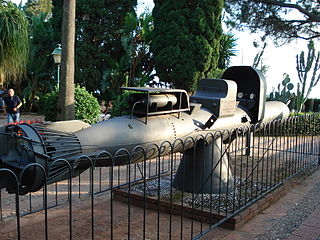
The Raid on Alexandria was carried out on 19 December 1941 by Italian Navy divers of the Decima Flottiglia MAS, who attacked and disabled two Royal Navy battleships in the harbour of Alexandria, Egypt, using manned torpedoes.

Spartaco Schergat was an Italian military frogman during World War II.
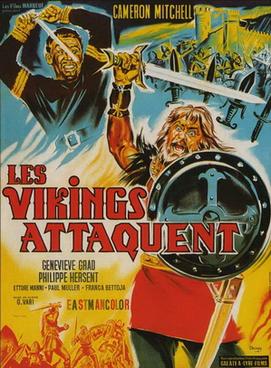
Attack of the Normans is a 1962 Italian film set in England in the early 9th century. Viking incursions play a central role in the plot; "Normans" in the title is used in its original continental sense, meaning Viking.

The Shortest Day is a 1963 Italian comedy film. It is a parody of the war movie The Longest Day and stars the popular duo Franco and Ciccio in the leading roles. Dozens of other well-known actors, from both European and American cinema, agreed to appear in the movie in cameo roles for free to avert the bankruptcy of the production company, Titanus.

Liam Redmond was an Irish character actor known for his stage, film and television roles.
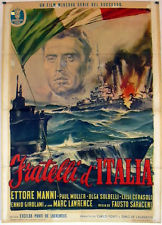
Brothers of Italy is a 1952 Italian biographical war film directed by Fausto Saraceni and starring Ettore Manni, Paul Muller and Olga Solbelli. It depicts real life events of Austrian-born Italian irredentist and sailor Nazario Sauro. The film's sets were designed by the art director Piero Filippone.
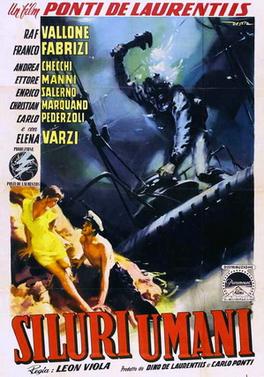
Siluri umani is a 1954 Italian war film credited to Antonio Leonviola, who abandoned production and was substituted by director Carlo Lizzani (uncredited). The movie depicts the WWII 1941 raid on Souda Bay by Italian Navy frogmen on the Royal Navy's HMS York heavy cruiser and a Norwegian oil tanker.

Mario Elbano Masciulli Manelli, Baron Miglianico was a prominent military engineer of the Italian Regia Marina, Major of Genio Navale and belonging to the recognized Decima Flottiglia MAS as director of the Office of Submarine Secret Weapons during Second World War. He was awarded the Silver Medal of Military Valor.

Roberto Risso was a Swiss-born Italian film actor.
Hell Raiders of the Deep is 1953 Italian film based on the events of the Raid on Alexandria in 1941 by frogmen of the Decima Flottiglia MAS human torpedoes. It was released in the United Kingdom as Human Torpedoes and in France and Belgium as Panique à Gibraltar. It was directed by Duilio Coletti and produced by Carlo Ponti and Luigi De Laurentiis, with a score by Nino Rota and a screenplay by Giuseppe Berto and Marcantonio Bragadin


















